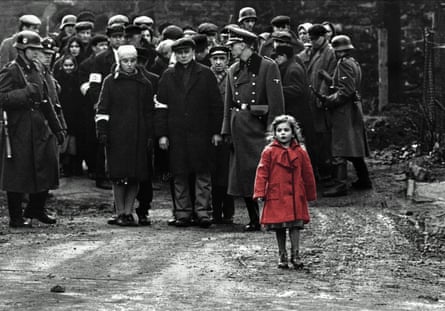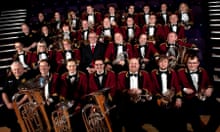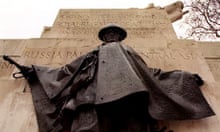“I believe my Holocaust memorial in Berlin could no longer be built today,” the architect Peter Eisenman has told Die Zeit. Eisenman says that Europe is now “afraid of strangers”, and he fears that the rise of xenophobia and antisemitism in Europe would make it impossible to build monuments like the vast field of grey sepulchres that he designed as Berlin’s Memorial to the Murdered Jews of Europe, inaugurated in 2005 close to the site of Adolf Hitler’s bunker.
He may well be right – yet surely this is the wrong end of the book to start at. The real question is why Holocaust memorials have done so little to prevent the return of Europe’s far-right demons.
In Vienna, as in Berlin, the victims of the Holocaust are remembered by public art. Rachel Whiteread’s Judenplatz Holocaust memorial is a sealed library of closed books, each book suggesting a whole life we cannot recover.
Since its unveiling in 2000, it has become, like Eisenman’s Berlin memorial, a sombre tourist attraction and civic symbol. Yet Austria has just come perilously close to electing a president whose extreme-right Freedom party has Nazi roots and espouses xenophobia. Norbert Hofer was defeated – good – but how can anyone at all be drawn to far-right politics in a Europe that remembers its history? If memorials like those created by Whiteread and Eisenman have any value, it should surely be to make race hate an utterly marginal force, and far-right extremism the smallest of minorities. Instead, in its new guise of “populism”, the anti-liberal right is running rampant.

The reason is historical ignorance, and it’s a tragedy that Holocaust memorials have done so little to combat that forgetting. Could it be that artists like Eisenman are too modern or abstract to communicate with the public? Perhaps, but you can hardly say the same of films such as Schindler’s List or The Pianist. Since the 90s, a sustained and diverse effort on every front from sculpture to children’s books has put the memory of the Holocaust at the forefront of modern culture. The result? A world in which moderation is becoming a dirty word, the left is dying, and the far right is the loudest, strongest voice with its claim to speak for the volk. Sorry, the people.
What went wrong? Unfortunately, the problem is memory itself. It plays us false even in our personal lives. The idea of collective memory is fundamentally dangerous. Either it creates empty, bland expressions of vague goodwill, or, when it gets emotional, outright lies. Britain’s move towards Brexit has been marked culturally by a strange reinvention of the first world war as a great patriotic struggle and orgies of poppy art.

Holocaust memorials are truthful and they are necessary, but mass memory does not mean much. Only historical knowledge can help human beings engage with the past in a meaningful way. And astonishingly, in spite of all the television documentaries, books, films and artworks, our public knowledge of 20th-century history is appalling.
The fact that commenters will reach for the vacuous cliche of Godwin’s law before finishing this sentence only demonstrates how inadequate are our images of 20th-century history. The Nazi era started to be stereotyped while the second world war was still being fought. Hollywood Nazis helped create a mythic version of Hitler’s Germany while it was still being defeated. Ever since, a mythic image of the Nazi age has served the interests of the post-1945 era. Because democracy won the second world war – at least in the west – nazism has been mythified ever since as democracy’s “other”, a totalitarian system that rigidly controlled a helpless population. In fact, it was in many ways a consensual movement in which people consciously “worked towards the führer”. This is true of the Holocaust itself.
Far from a cold bureaucratic machine carrying out a single order handed down from above, the murder of Europe’s Jews was a complicated process in which many people made conscious decisions to participate. The exact relationship between state and individual responsibility, determination and free will, in the massacres in forests, burnings of villages and, finally, the death camps that sought to exterminate a people, is a problem worthy of the philosopher Immanuel Kant, but the fact is that Hitler really did find willing executioners.

We see the Holocaust and nazism in a dangerously complacent way. Because there is no sign of one-party states in contemporary western Europe, it is said to be historically crass to compare right-wing populism with 1930s nazism and fascism. Yet these movements too had democratic support, a love from the volk to match that of Nigel Farage and Katie Hopkins, and an impulsive, emotional, unpredictable quality that completely belies the totalitarian stereotype.
The monolithic bleakness of Eisenman’s Berlin memorial implies an innacurate vision of nazism. He makes the Holocaust look like a state bureaucrat’s calculus of death. It was worse. It was a chaos of hatred, bigotry and unreason. When unleashed in a modern technological society, these demonic passions can quickly create a hell on earth. We would be utter fools to think it can’t happen again, or that the world will never have any more reason to build memorials.









